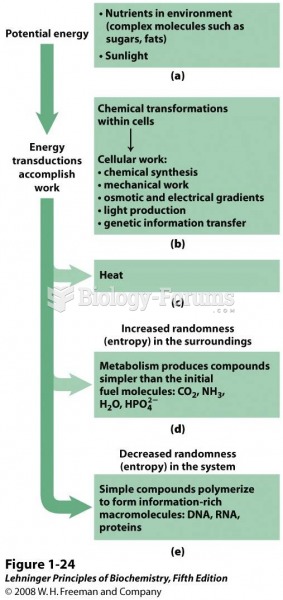|
|
|
Did you know?
Cancer has been around as long as humankind, but only in the second half of the twentieth century did the number of cancer cases explode.
Did you know?
Thyroid conditions may make getting pregnant impossible.
Did you know?
Earwax has antimicrobial properties that reduce the viability of bacteria and fungus in the human ear.
Did you know?
Approximately 25% of all reported medication errors result from some kind of name confusion.
Did you know?
The average adult has about 21 square feet of skin.







